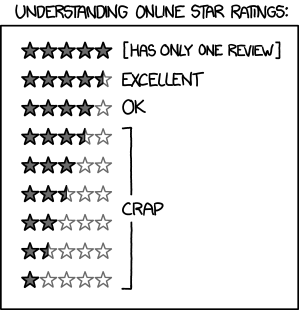
Concept: 1 out of 5
Execution: 2 out of 5
Yeah, but: If it makes no difference then it doesn't matter.
The Long Version: I'm generally known for only having mild and ambiguous opinions, so I should say up front that I don't agree with the premise of using "protective" clear or UV filters. But I know that some photographers swear by them, so I decided to run some tests on an old Nikon L37c filter that I had lying around. It was included with a second-hand lens, so I don't know its history, but it cleaned up nicely and was in perfect condition. I'd consider this to be a medium-to-high-quality filter, with a green reflection from its coatings.
So I broke out the gear and tested this 62mm UV filter for sharpness. The camera was on the wooden Berlebach tripod that normally holds my GX680, and I set up my target on a lighter basalt tripod. Everything was squared and levelled, with the target clamped to a right-angle Manfrotto quick release plate.

The resolution target is my usual subject: a $20 bill. These have lots of fine printing and detail, and although they may not be as definitive as an officially sanctioned resolution charts, they're a lot cheaper and I'm just comparing the results by eye. To keep it flat it's securely taped to a section of marble floor tile. Since I wanted maximum detail, I used a Nikon 60/2.8G Micro lens, kept it at about 1:2, resolution and filled the frame.
I went through a number of different variations. I used Live View to focus, I used the focusing rails with zoomed-LCD manual focus, took three exposures at each setting, used mirror lock up and a cable release, and so on.

The filter made no difference.
I couldn't tell if the filter was on the lens or not just from looking at the results. I knew from the file name and sequence, but that was all.
Now, as I said earlier, this Nikon is a decent and multicoated filter. Just the same, I was quite pleased to see no drop in sharpness in this little trial. Perhaps there's a difference that test-lab gear would be able to detect, but I'm not worrying about that too much.

The second test was for flare and ghosting. I attached an LED flashlight to the target tripod and pointed it directly at the lens. The focus is on the black bar that's in front of the light, and the lens is at f/8 – that nine-bladed circular aperture thing really works. It's also worth noting that I use the D800's cropped DX mode for the sharpness test, since I only cared about the centre, but switched back to full-frame for the flare results.
This flashlight has an inset bulb, but no lens or reflector to blur the source.
Here are the results without the filter:

And here's the same setup, with the filter:

Similar images, and both are bad, but the one with the filter is worse. (Larger: with, without.) What I notice is that the starburst around the flashlight is stronger, there's an extra reflection on the lower-right (in front of the tripod) from the additional surface, there's a halo running around the lower-left corner, and some additional flare/ghosting visible in front of the bar that's about 15cm in front of the light.
I also checked for flare with off-axis light hitting the front of the lens. I switched to a brighter flashlight and flagged it to make sure that it didn't light my test scene. Here's what the setup looked like:

And here are the results, first with the flashlight off:

(larger)
Bare lens, no hood:

(larger)
Lens with filter, no hood:

(larger)
So here the difference matters a little more – it went from bad to worse, rather than very bad to very very bad. But I also tried a comparison with the hood on, which shaded the lens like this:

And the results, with the filter and hood both on, looked like this:

(larger)
To my eye the results are indistinguishable from the photos where the light was off. I'm pretty impressed – I knew that shading the front of the lens would help immensely, but I still expected to see some additional ghosting from light hitting the inside of the hood. The 60/2.8G has pretty good coatings, but it lacks the extra crushed-velvet lining that can be found on the inside of the more deluxe hoods.
So after an interesting afternoon, I can say that this filter had no visible effect on sharpness, and while it made flare and ghosting worse, it only did it under conditions that the lens was already producing enough to be objectionable. I imagine that better filters would have less flare, and may test that with my bigger B+W MRC filter some day, but I can't see any difference mattering very much if the lens itself shows as much flare as this one has.
And no, I haven't changed my outlook on 'protective' filters, because my argument is simply that the 'protection' that they provide is illusionary and unnecessary. I'm glad that I know a little more about them for people who do want to use them, and see no harm in it if it makes people feel better. But I do know that I'll advocate for proper lens hoods more strongly than I used to.
last updated 24 august 2012















